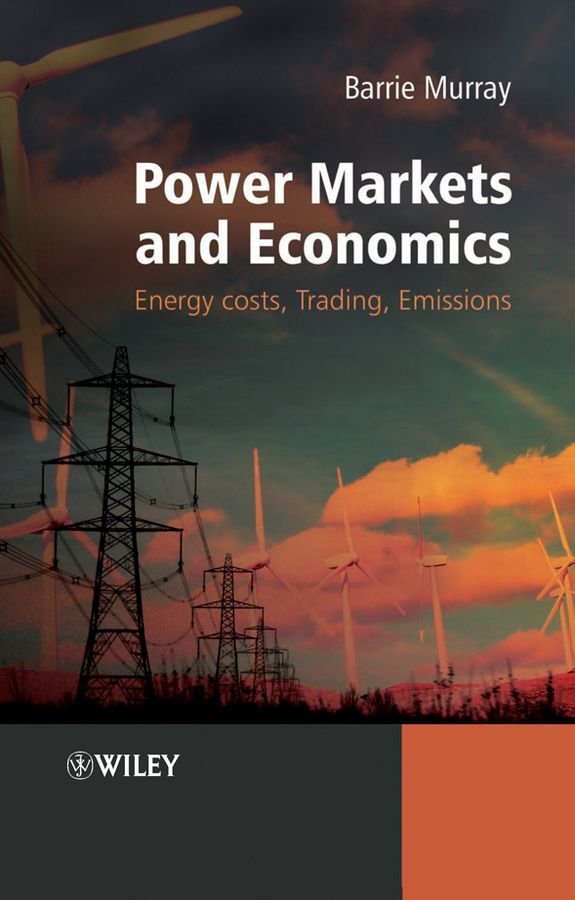It is now almost twenty years since liberalisation and the introduction of competition was proposed for electricity utilities. Some form of restructuring has been widely adopted around the world to suit local objectives. The industry now faces new challenges associated with global warming, rising prices and escalating energy demand from developing countries like China and India. The industry will have to cope with; managing emissions; managing variable energy sources like wind, dev eloping clean coal technology; accommodating distributed generation and new nuclear stations and managing the impact of these developments on the distribution and transmission networks. It is now necessary to consider how the various market structures that were adopted have performed and how they will address some of these new issues and what further changes might be necessary. This volume presents an all-inclusive analysis of the electricity market structures that have been adopted around the world and how they are performing. It provides an up-to-date analysis of the cost of competing technologies, the operation of energy and ancillary service markets and the impact of renewable sources and emission restrictions. It takes a forward look at likely future developments necessary to cope with the new emerging issues. Part One introduces industry infrastructure, analysing state utilities, the motives behind liberalisation and the resulting structures. Part Two considers generation costs, including renewable generation costs, and investigates the cost of restricting emissions as well as transmission and distribution costs. Part Three discusses market operation, describing how costs affect the organisation of power generation. It covers trading arrangements, ancillary services, international trading and investment. Part Four looks to future markets and technological developments that will shape the industry through the next twenty years. This includes the appraisal of investment opportun …












